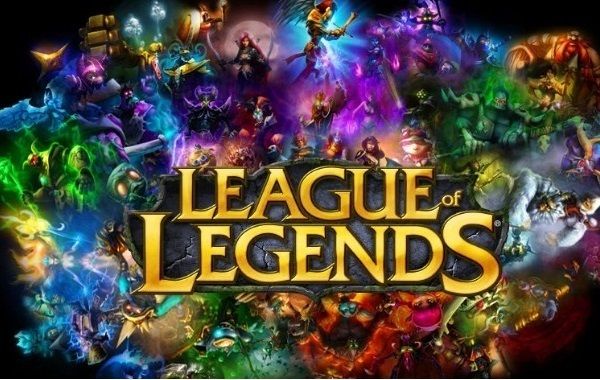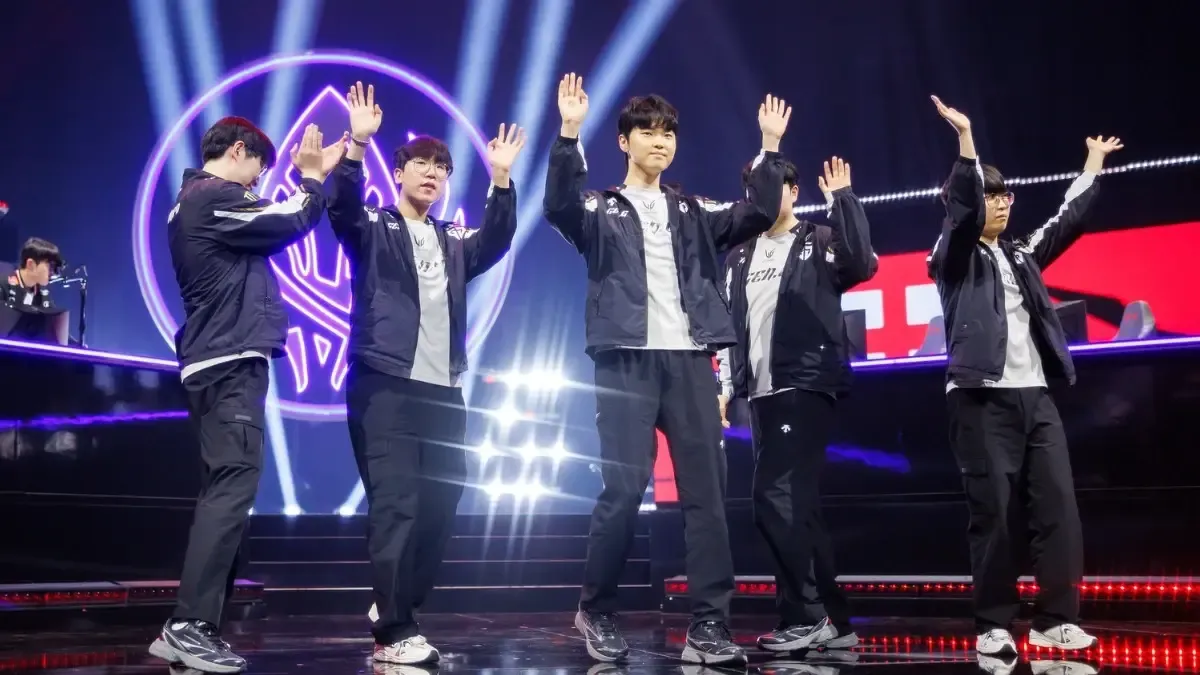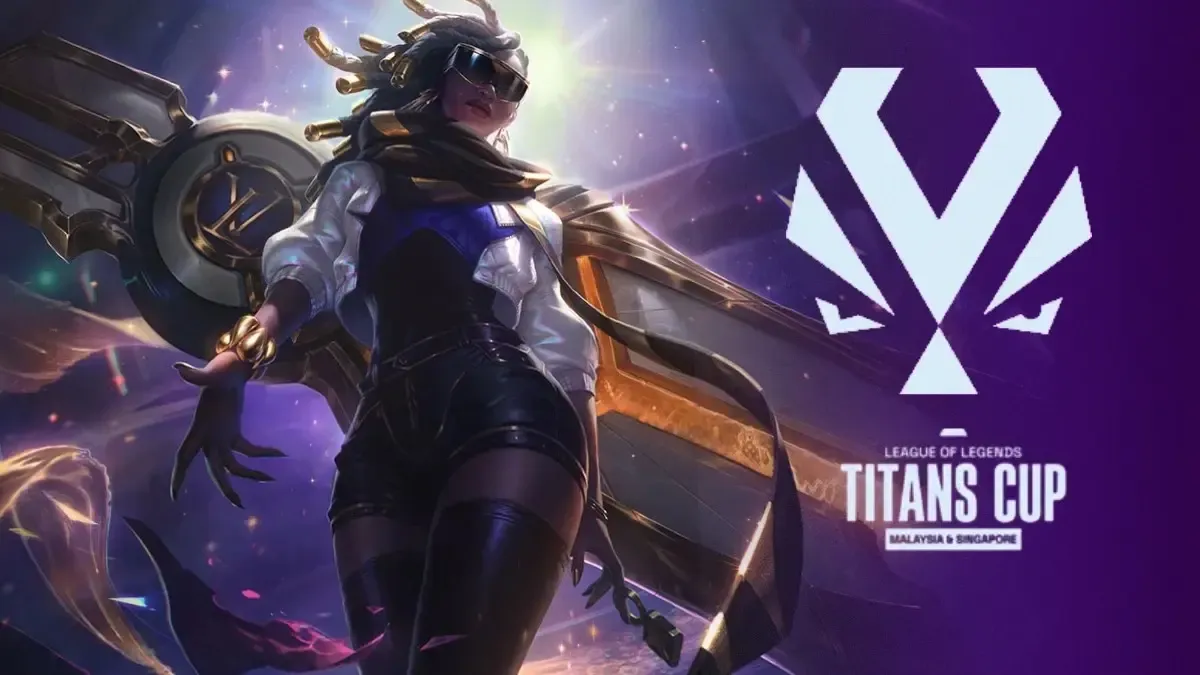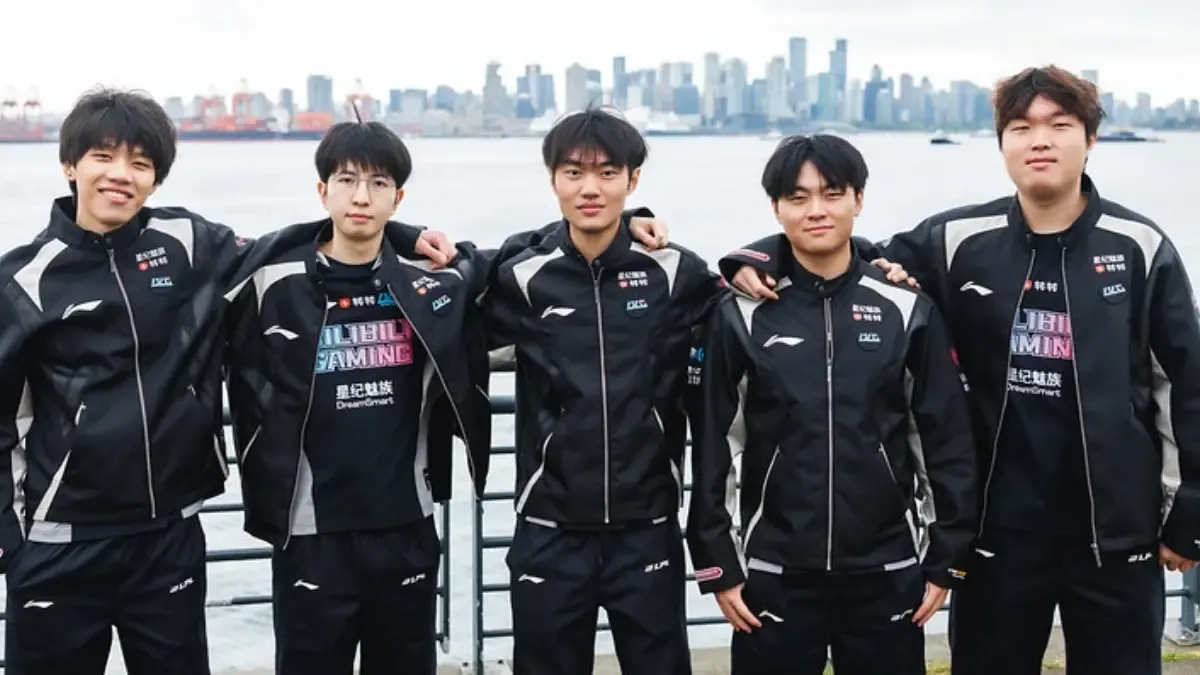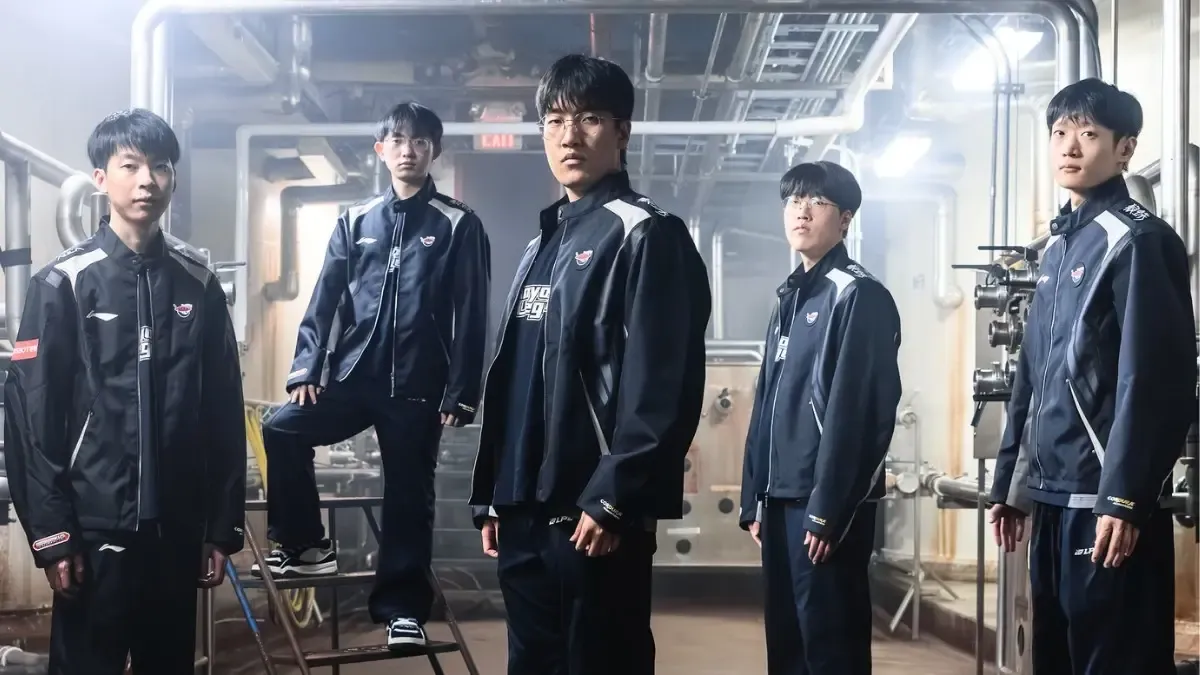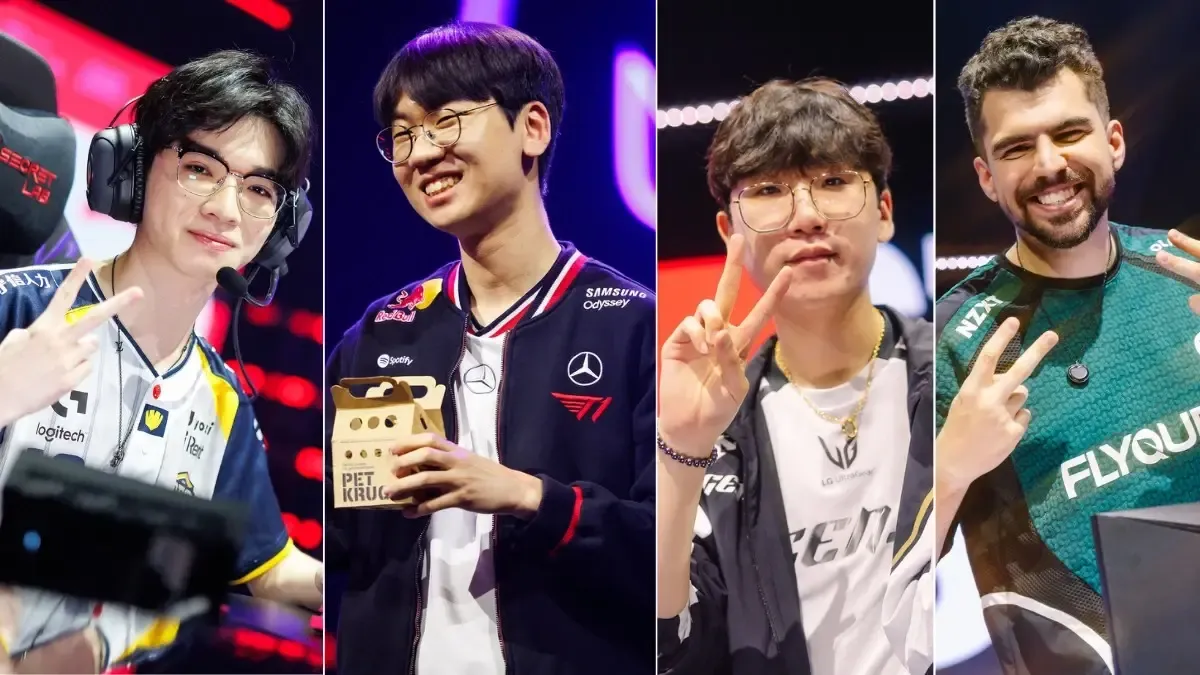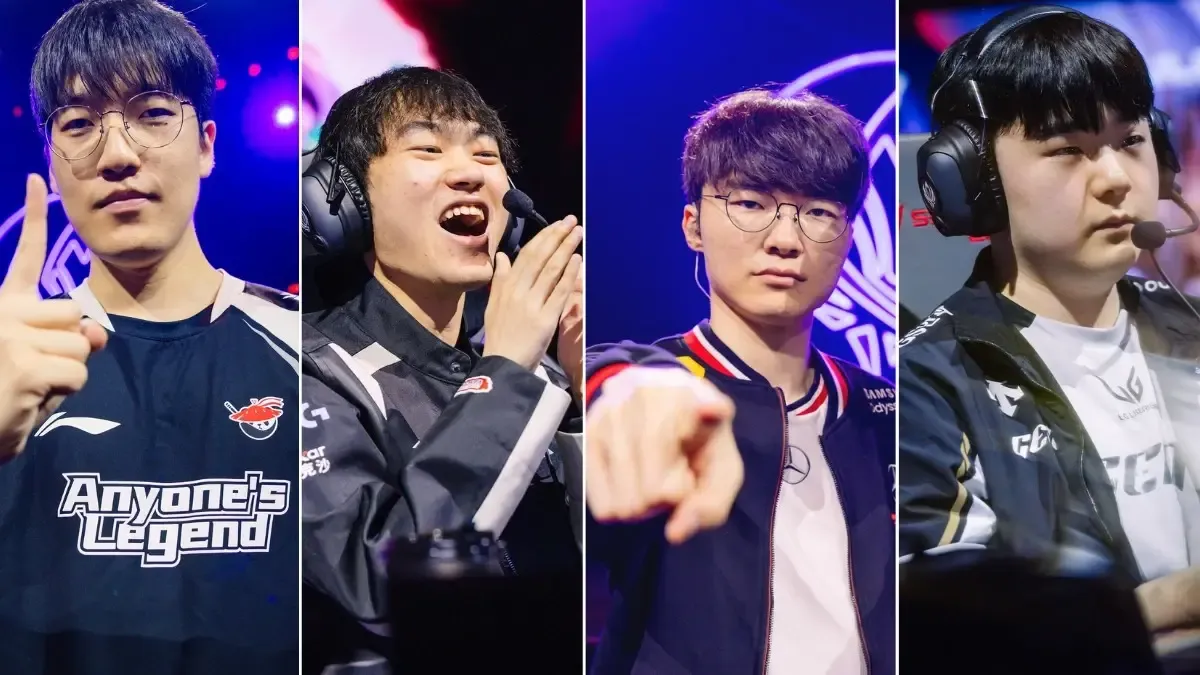For reference, here are the links to the articles detailing the Summoner Spell changes and the new Mastery Trees.
Note: These reworks are still and beta and could be subject to change before their official release in Season 4
Summoner Spells:
 Ghost
Ghost
Ghost now scales better into the late game with a reduced cooldown later in the game as well as providing a multiplicative buff to your speed instead of a flat addition. What this means is that Ghost now takes into consideration movement speed bonuses from items, abilities, runes and masteries when it is activated rather than simply deriving its increase from base movement speed and adding it to your total movement speed. This makes it a more attractive option for champions who build movement speed or possess movement speed abilities such as Skarner, Udyr and most notably Hecarim.
These champions, who benefit from building movement speed items, should notice a considerable movement speed increase when Ghost is used in conjunction with their abilities or active items. This change not only makes Ghost more versatile, but makes it a better risk/reward spell: it can still be used by itself for a speed boost comparable to the current version, but the change really rewards players who optimize their build, play style and ability use to maximise Ghost’s effectiveness. Last but not least, with it's initial burst of speed, it should rival Flash in terms of closing the gap.
 Revive
Revive
R.I.P Teleport/Revive Karthus, we hardly knew ye. Much like Clarity, this spell was hardly touched save for a few special cases. Revive’s move is exclusively useful on Dominion now in defending key objectives near the fountain and re-joining ongoing teamfights.
 Ignite
Ignite
Ignite’s true damage and early game power have been rescaled, making it slightly worse as a tool to score early kills and gain lane domination. However, this is balanced by a stronger presence in the late game, where true damage could help cut through tanks for burn down priority targets faster. The reveal onto the ignited target is a change that should not be ignored in its power. In the early laning phase, it should allow for a more accurate prediction of if the Ignite will be lethal, or by what means the opponent survived the duration. Late game, the reveal could be useful in tracking down slippery targets and prevent jukes through bushes, and could even help keep track of champion with invisibility such as Twitch or Kha’Zix.
 Exhaust
Exhaust
The nerf to Exhaust’s immediate attack speed reduction make it a much lesser option for aggressive supports when shutting down carries both in lane and in teamfights. The previous version of Exhaust was perhaps a little too effective at negating carries, and Riot seems to be looking to make Exhaust into more of a kiting or catching tool with the scaling movement speed reduction. These changes will make carries less likely to be shut down by Exhaust, and positions the spell more as an effective tool when peeling melee bruisers.
 Smite
Smite
With the addition of a jungle camp on the horizon in Season 4, it seems that a lower cooldown on Smite was needed to allow for a greater variety of junglers. However, the lower cooldown and lower damage early could make for interesting counter-jungling options, as Smite will be available more often when contesting buffs or objectives like Dragon or Baron.
 Heal
Heal
Heal hasn’t been a relevant summoner spell for some time despite it's excellent late-game scaling, but the massive cooldown reduction, range increase and movement speed bonus might make Heal an option for supports who lack in sustain. It provides less team-wide sustain now and seems to be better as a laning tool, keeping both the support and carry healthy and perhaps even aiding in escaping or turning around a gank with the movement speed boost. In the late game, this version of heal should feel more impactful as it could help supports save their carries in a sticky situation, providing the extra health of movement speed necessary to escape or finish off pesky foes.
However, these changes make Heal much worse on the ARAM map Howling Abyss, as it only heals two champions instead of providing team-wide sustain. Previously, Heal was useful when outranged or facing a heavy poke team, and it no longer provides adequate sustain in those situations anymore.
 Clarity
Clarity
Rarely even considered on Summoner’s Rift, Clarity seems to have found a home in the ARAM map of the Howling Abyss, and could be used to fuel mana intensive or heavy poke champion lineups. Not much to say here other than that it was barely touched on Summoner’s Rift anyways, and as such its absence won’t be felt.
 Teleport
Teleport
Teleport’s strengths remain unchanged, but these changes add interesting dynamics when using or playing against this spell. First of all, the lowered cooldown for teleporting to towers makes decision making much more difficult when attempting to join a fight in progress. Teleporting to a nearby tower might be too slow, but the reduced cooldown for doing so could make the risk worth it. This new cooldown decision making also changes how a team will use Teleport as a response to split-pushing: players are rewarded for reacting to pushes by teleporting to the tower under siege, rather than the current situation where those countering the split push teleport to the fight from the tower. Lastly, this change makes Teleport a less attractive ganking tool, as teleporting to wards or creeps isn’t as rewarding as teleporting to towers.
Also, the increased cooldown on cancelled Teleports should allow for skilled opponents to punish players and allow for some counter-play against this Summoner Spell choice. Careless or reckless use of Teleport in the face of champions who can cancel it is much more punishable, making it much more risky to use the spell when laning.
 Cleanse
Cleanse
While Cleanse is already useful for AD carries in particular, this change makes it even better against AoE teamcomps and should help in effective disengage or interrupting combos. The knockback also discourages melee bruisers from jumping onto a disabled carry while Cleanse is active.
The fear is that this change will make Cleanse too effective at keeping carries safe in the face of bruisers who take risks to get in close, disable and assassinate damage dealers. This spell could be mind-blowingly effective at keeping slippery marksmen like Vayne or Ezreal out of harm’s way.
However, the fact that the knockback occurs only upon the successful cleansing of a disable could make for some unique decision making, as skilled players could punish pre-emptive Cleanse use.
Conclusion: Riot is clearly making an effort to diversify potential Summoner Spell choices. While Flash still remains untouched, these changes should help make a variety of Spell choices viable, and more importantly have an impact in the late game. However, it is important to keep an eye on spell which might turn out to be too powerful, notably Ghost and Cleanse.
Masteries:
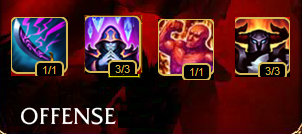
By replacing the old version of Arcane Knowledge (8% magic penetration) and Weapon Expertise (8% armour penetration) with Arcane Mastery (+8 ability power) and Martial Mastery (+5 attack damage), Riot has made simply putting 9 points into offense a much worse option for bruisers or junglers who might want the free penetration while putting the rest of the points in the Defense tree. The new penetration mastery, Devastating Strikes (2/4/6% magic and armour penetration) now requires 16 points in the Offense tree before being unlocked. This rewards players who go deep into the Offensive category by giving them both types of penetration, complementing the damage masteries earlier in the tree. This dual penetration also synergises with the reworked version of Spellsword, Spell Weaving and Blade Weaving, which increases ability power for landing basic attacks and vice versa. Spellsword is still present, now called Arcane Blade (Basic attacks deal bonus magic damage equal to 5% of your ability power), but it is a tier lower on the tree and requires 16 points to reach. For marksmen, the choices are a little bit more limited, but an interesting note is that the Warlord mastery increases bonus attack damage by 2/4/6%, rewarding high damage builds earlier while not giving marksman too much early game bonus damage.
Overall, these changes seem quite reasonable. The choices for mages are a bit more varied, while casters who use auto-attacks to maximum effectiveness will be rewarded by the powerful new Spell Weaving and Blade Weaving progression, while those who do not can still find power in the Executioner mastery. Marksmen should enjoy the new Feast mastery, complementing life-steal by restoring small amounts of health and mana upon minion kills to provide a boost in lane sustain. The changes to the power of early masteries also makes the Offense tree less attractive to tanks who were taking advantage of the free percentage penetration, rewarding only those who put many points into the tree with valuable magic and armour pen.
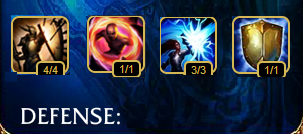
This new version of the Defense tree heavily favours champions who are in the thick, with all three points of Tenacious (15% crowd control reduction) combined into the final mastery, Swiftness (10% reduction of slows) allowing for less kiting, and Legendary Guardian (+1/2/3/4 and .5/1/1.5/2 bonus armour and magic resistance for each nearby champion) rewarding team-fighting tanks. Putting a few points into Defense, much like Offense, does not provide a strong laning advantage, with the bonus armour and magic resistance masteries of Hardiness and Resistance having moved a tier deeper down the tree. On the flip side, tanks receive a tool when going up against aggressive opposition with the Runic Shield mastery (Start the game with a 50hp shield which respawns after death), which could help shore up early game weakness or prevent level 2 all-ins by providing a health buffer early on.
The removal of Honour Guard (3% damage reduction) and moving Enchanted Armour (+2.5/5% bonus armour) to the first tier of the tree suggests that Riot is trying to reward players for building tanky, and not providing any free armour, magic resistance, damage or CC reduction without commitment to the Defense tree. This makes the 9-21-0 split pushing bruiser a far less viable mastery build, as the free penetration in Offense and percentage damage reduction in Defense no longer apply. Essentially, the Defense tree provides less laning power to bruisers like Jax for free while granting greater teamfight tankiness to those who build appropriately.
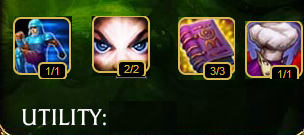
The Utility tree is the one that has changed the most, and for the better, and this is surely a result of Riot’s emphasis on aiding Support players to feel relevant and strong come Season 4. Most if not all of these changes are geared towards helping Supports feel relevant in the late game, and help in diversifying the now limited support champion choices.
Some notable additions include the new Strength of Spirit (gain health regeneration equal to 10% of mana regeneration), which rewards mana-hungry supports who build items such as a Chalice of Harmony by giving them some sustain without having to buy it. The same goes for the upgraded Biscuiteer, Culinary Master, which instead of giving a free regeneration item to start the game, instantly upgrades all health potions purchased to restore bonus health and mana. A notable omission from this new Utility tree is the absence of the Explorer mastery; taking away this free ward is indicative or Riot’s re-tooling for vision in Season 4.
However, the most noticeable and important added masteries to Utility are without a doubt Inspiration (+5 experience every 10 seconds when near a higher leveled allied champion) and Scavenger (+1 gold each time an ally kills a nearby lane minion). These two masteries a vital in making Supports not only wealthier, rewarding a strong laning phase and a protected carry player, but allowing them to keep up in terms of income and levels when sticking with their team later in the game. Most Supports currently can average 4-5 levels lower than all other players in the game (especially when behind) so Inspiration should help shore up the level difference quite a bit when the teamfight phase begins. The added gold should also diversify support build, as a reliance on GP10 items (Philosopher’s Stone, Kage’s Lucky Pick) or objective money currently limits potential item choices. Expect to see stronger, more useful and more diverse support choices, not only in terms of items, but also in term of which champions make effective supports.
It seems that Utility could potentially become the tree which is most looked at when placing the last few points on other champions as well. The buff-increasing Runic Affinity is attractive for blue-dependant mages, as is the aforementioned Strength of Spirit.
Conclusion:
Overall, it seem that Riot has removed “free” advantages from putting only a few points into a tree, and rewards maximising your build and playstyle to complement fully tree completion. These changes make assassins less tanky when the build full offense, but also gives bruisers less armor penetration when building tanky. Mages have better options when laning against melee champions with stronger auto-attacks, and Support, with correct mastery allocation, should scale much better lane into the game.
Images: Riot Games

